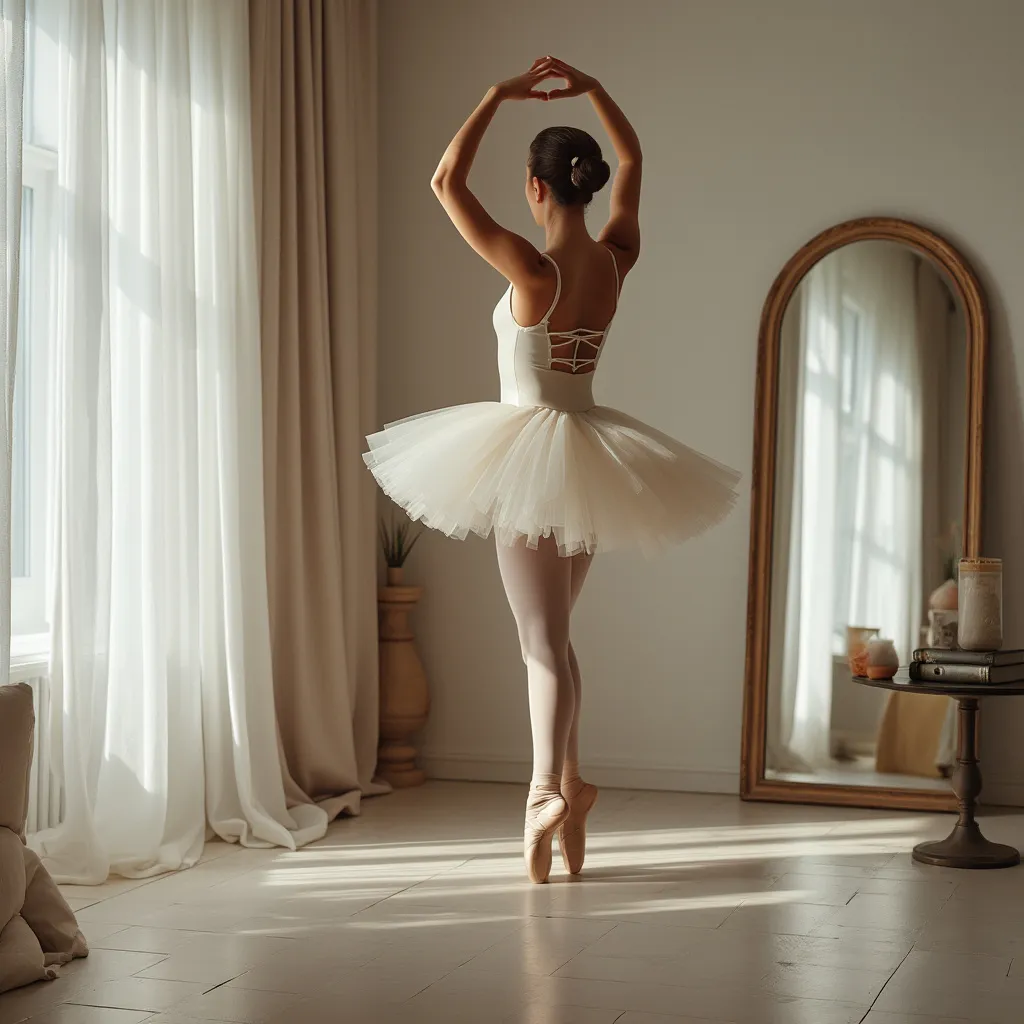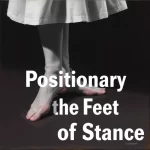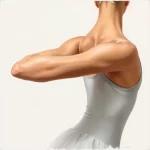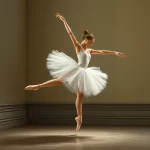Expressions of Emotion in Ballet Terms
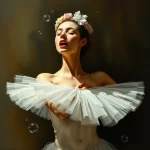
Introduction
Ballet, often described as the poetry of movement, is a dance form that transcends mere physicality to convey deep emotional narratives. Through a combination of precise techniques, expressive gestures, and evocative choreography, ballet dancers communicate a wide range of emotions without uttering a single word. This article delves into the various ways emotions are expressed in ballet, exploring the terminology and techniques that bring these feelings to life on stage.
The Language of Ballet
Ballet has its own lexicon, a set of terms and movements that dancers use to convey stories and emotions. Understanding this language is crucial for both performers and audiences to fully appreciate the emotional depth of a ballet performance.
Basic Ballet Terms
Before diving into the emotional aspects, it’s essential to grasp some basic ballet terms:
- Plié: A bending of the knees, which can be done in various positions.
- Arabesque: A position where one leg is extended behind the body while the other supports the weight.
- Port de bras: The movement and positioning of the arms.
- Jeté: A leap from one foot to the other.
- Adagio: Slow, controlled movements that often convey grace and fluidity.
Emotional Expression Through Movement
Each ballet term can be infused with emotional significance. For instance, a simple plié can be performed with a sense of sorrow or joy, depending on the context and the dancer’s intention. The following sections will explore how specific movements and techniques are used to express different emotions.
Joy and Happiness
Joy and happiness are often depicted through light, airy movements and elevated positions. The following techniques are commonly used to convey these emotions:
Grand Jeté
The grand jeté is a powerful leap that exudes exuberance and freedom. When a dancer performs a grand jeté, they appear to be flying through the air, symbolizing unrestrained joy and elation.
Échappé
An échappé involves the dancer jumping from a closed position to an open one, often with a sense of lightness and ease. This movement can signify a release of tension and the arrival of happiness.
Pas de Chat
The pas de chat, or “step of the cat,” is a playful, quick jump that mimics the light, agile movements of a cat. This step is often used in sequences that convey a sense of fun and delight.
Sorrow and Melancholy
Sorrow and melancholy are expressed through slower, more grounded movements. The following techniques are often employed to convey these emotions:
Adagio
Adagio sequences are characterized by slow, controlled movements that allow for deep emotional expression. The deliberate pace gives dancers the opportunity to convey a sense of longing or sadness.
Port de Bras
The positioning and movement of the arms, or port de bras, play a crucial role in expressing sorrow. Gentle, flowing arm movements can evoke a sense of melancholy, while more rigid positions can signify grief.
Penché
A penché involves the dancer leaning forward with one leg extended behind them. This position can convey a sense of vulnerability and introspection, often used in moments of deep emotional reflection.
Love and Passion
Love and passion are central themes in many ballets, often depicted through intimate, intertwined movements. The following techniques are commonly used to express these emotions:
Pas de Deux
The pas de deux, or “dance for two,” is a duet that allows dancers to explore the dynamics of a relationship. Through lifts, turns, and synchronized movements, dancers can convey a range of emotions from tender love to fiery passion.
Attitude
The attitude position, where one leg is lifted and bent at the knee, can be performed with a sense of elegance and allure. This position is often used in romantic scenes to convey a sense of longing and desire.
Promenade
In a promenade, the dancer is slowly turned by their partner while maintaining a specific position. This movement can signify a deep connection and mutual trust, often used in romantic pas de deux.
Anger and Frustration
Anger and frustration are expressed through sharp, forceful movements. The following techniques are often employed to convey these emotions:
Fouetté
The fouetté, or “whipped” turn, involves a rapid spinning motion that can convey a sense of agitation and intensity. This movement is often used in scenes of conflict or emotional turmoil.
Frappé
A frappé involves striking the floor with the foot, creating a sharp, percussive sound. This movement can signify anger or frustration, adding a sense of urgency to the performance.
Assemblé
An assemblé involves bringing the feet together in the air before landing. This movement can be performed with a sense of force and determination, often used to convey a strong emotional response.
FAQ
How do dancers prepare to express emotions in ballet?
Dancers undergo rigorous training to master the technical aspects of ballet. In addition to physical training, they often study acting and emotional expression to enhance their performances. Many dancers also work closely with choreographers to understand the emotional context of their roles.
Can ballet convey complex emotions?
Absolutely. Ballet is a highly expressive art form capable of conveying a wide range of complex emotions. Through a combination of movement, music, and storytelling, dancers can communicate nuanced emotional narratives that resonate with audiences.
Is it necessary to understand ballet terminology to appreciate a performance?
While understanding ballet terminology can enhance your appreciation of a performance, it is not strictly necessary. The emotional power of ballet often transcends language, allowing audiences to connect with the performance on an intuitive level.
How do choreographers create emotionally expressive ballets?
Choreographers use a combination of movement, music, and staging to create emotionally expressive ballets. They often draw inspiration from literature, history, and personal experiences to craft narratives that resonate with audiences. Collaboration with dancers is also crucial, as it allows for the exploration of different emotional interpretations.
What role does music play in expressing emotion in ballet?
Music plays a vital role in setting the emotional tone of a ballet. Composers work closely with choreographers to create scores that complement the movements and enhance the emotional impact of the performance. The tempo, rhythm, and melody of the music all contribute to the overall emotional experience.
Conclusion
Ballet is a powerful medium for emotional expression, capable of conveying a wide range of feelings through its unique language of movement. From the joy of a grand jeté to the sorrow of an adagio, each term and technique plays a crucial role in bringing emotional narratives to life on stage. By understanding the terminology and techniques used in ballet, audiences can gain a deeper appreciation for the emotional depth and artistry of this timeless dance form.
Whether you are a seasoned ballet enthusiast or a newcomer to the art form, the emotional power of ballet is undeniable. Through its combination of technical precision and expressive movement, ballet continues to captivate audiences and convey the universal language of human emotion.

